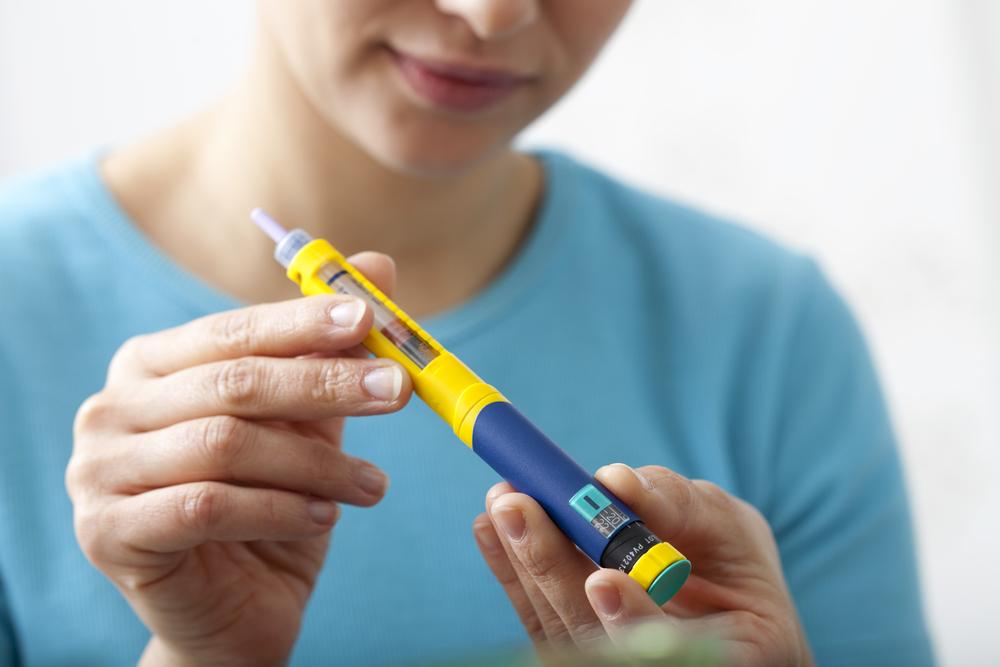
Diabetes guide – How to inject and use insulin
Insulin is a naturally-produced hormone without which the body cannot function optimally. When there is a lack of insulin production or impairment within the body, it fails to regulate the amount of glucose. Insulin plays an important role in the management of diabetes, and therefore, when the pancreas fail to produce the required amount of insulin, it becomes crucial to take artificial insulin injections to maintain healthy levels and control the symptoms or side-effects of diabetes. In the following paragraphs, a brief overview on the types and forms and ways for administering insulin has been given.
Different types of insulin
There are several types of insulin. They can be divided into 4 primary variants which are as follows:
-
Long-acting insulin –
This type of insulin works slowly and takes about one to two hours to show optimum results. The effects of long-acting insulin last for many hours and sometimes, even for a day.
-
Short-acting insulin –
Insulin which is soluble takes about half an hour to act and last for about six to eight hours at the most. Some variants of this insulin last for a shorter period of time while they act quite fast.
-
Intermediate-acting insulin –
Isophane insulin acts a bit slower and takes about two hours to work. It lasts for around 10 to 14 hours.
-
Combination of insulin –
A combination of short and intermediate-acting insulin can be divided into varying proportions before administering it to the patient.
Forms of administering insulin
For patients suffering from diabetes, taking insulin can be a considerable lifestyle issue. Having to indulge in an injection regimen can disrupt the regular routine of diabetic patients, especially children and adolescents. Normally, insulin is given with the help of disposable insulin pens or ampoules meant for multiple-use pens. Most individuals prefer 8mm needles, though other lengths like 12mm or 16mm can also be used. Sometimes, insulin pumps are also used though they are uncommon in any developed nation.
Injections are the most favored method of taking insulin since they can proffer flexibility and closely resemble the natural process of insulin production in the body. Also, in many parts of the world, taking insulin orally is becoming common. Several manufacturers worldwide are leading in the arena of inhaled insulin. When you take an insulin injection in the upper arm, abdomen, or buttocks, it easily gets absorbed into the blood. Doctors recommend injecting short-acting insulin into the skin of the abdomen and long-acting insulin into the upper arm or thigh.
How to administer insulin
For taking an insulin injection, take a small fold of skin and insert a lancet at an angle. After this, inject the required amount of insulin then retract the needle from the injection. It is a good idea to change the site of injection on a regular basis in order to avoid building up of fatty tissue.
When you are aware of the ways in which you can take and use insulin, you can start administering insulin to yourself without much hassle. However, to avoid risks and complications, it is always important to speak to an endocrinologist before taking any dose of insulin.
Interested in more articles about Wellness ? Explore them here. Keep yourself updated with fresh content by liking us on Facebook or subscribing to our Newsletter.
If a daily dose of fantastic images related to Women’s Lifestyle gets you going, follow us on Instagram .




